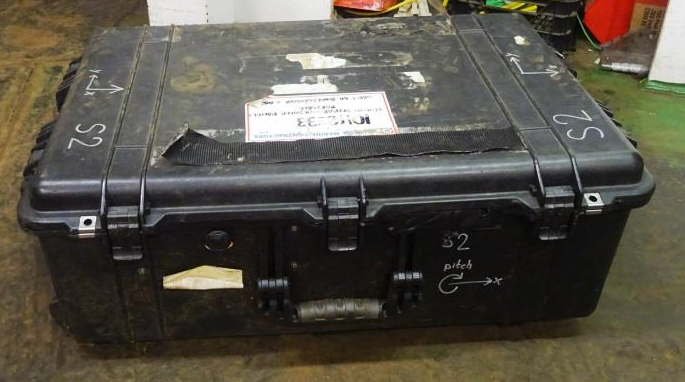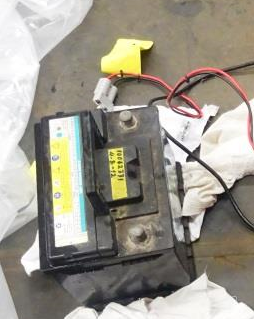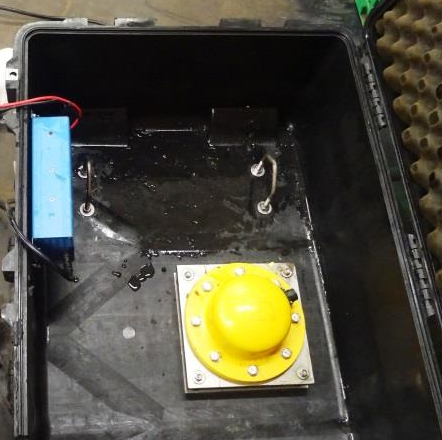‘Routine’ task, non-routine result: Batteries stored sideways leak battery acid
A member has reported a near miss incident in which there was a spill of battery acid. An electrician had charged the wet cell batteries of two motion reference units (MRU), each contained in a plastic box. Once the charging was completed, the electrician closed the boxes and had to place them on the floor to wait for the next shift to test the equipment.
However, to limit the amount of floor space for storage the electrician placed the boxes on their sides, neglecting to remember that this improper orientation (batteries on their side) could allow the wet cell batteries to leak acid.
Crew on the following shift opened one case and noticed a smell, suggesting battery acid. Upon further inspection, the electricians noticed that battery acid had run out of the vents of the batteries in both plastic containers.
Had the circumstances been different, this could have been a very serious incident.




Our member’s investigation noted the following:
- A wet cell battery with vents would permit leakage of the battery if stored improperly;
- The containers were stored on their sides; the electrician forgot that in doing this, the batteries might leak;
- The battery containers were not labelled to provide information regarding:
- Which way up they should be stored
- What was inside – the possible hazards of wet cell batteries. The lessons were: . Boxes and containers should be clearly labelled so all crew know which way is up and any hazards relating to what is inside; . This should particularly be the case for containers used for batteries; . Consider replacement of the wet cell batteries with dry cell batteries – thus eliminating the hazard of an acid spill.
Members may wish to refer to the following similar battery-related incidents (key words: battery, acid):
Safety Event
Published: 23 June 2015
Download: IMCA SF 09/15
IMCA Safety Flashes
Submit a Report
IMCA Safety Flashes summarise key safety matters and incidents, allowing lessons to be more easily learnt for the benefit of all. The effectiveness of the IMCA Safety Flash system depends on Members sharing information and so avoiding repeat incidents. Please consider adding [email protected] to your internal distribution list for safety alerts or manually submitting information on incidents you consider may be relevant. All information is anonymised or sanitised, as appropriate.
IMCA’s store terms and conditions (https://www.imca-int.com/legal-notices/terms/) apply to all downloads from IMCA’s website, including this document.
IMCA makes every effort to ensure the accuracy and reliability of the data contained in the documents it publishes, but IMCA shall not be liable for any guidance and/or recommendation and/or statement herein contained. The information contained in this document does not fulfil or replace any individual’s or Member's legal, regulatory or other duties or obligations in respect of their operations. Individuals and Members remain solely responsible for the safe, lawful and proper conduct of their operations.
